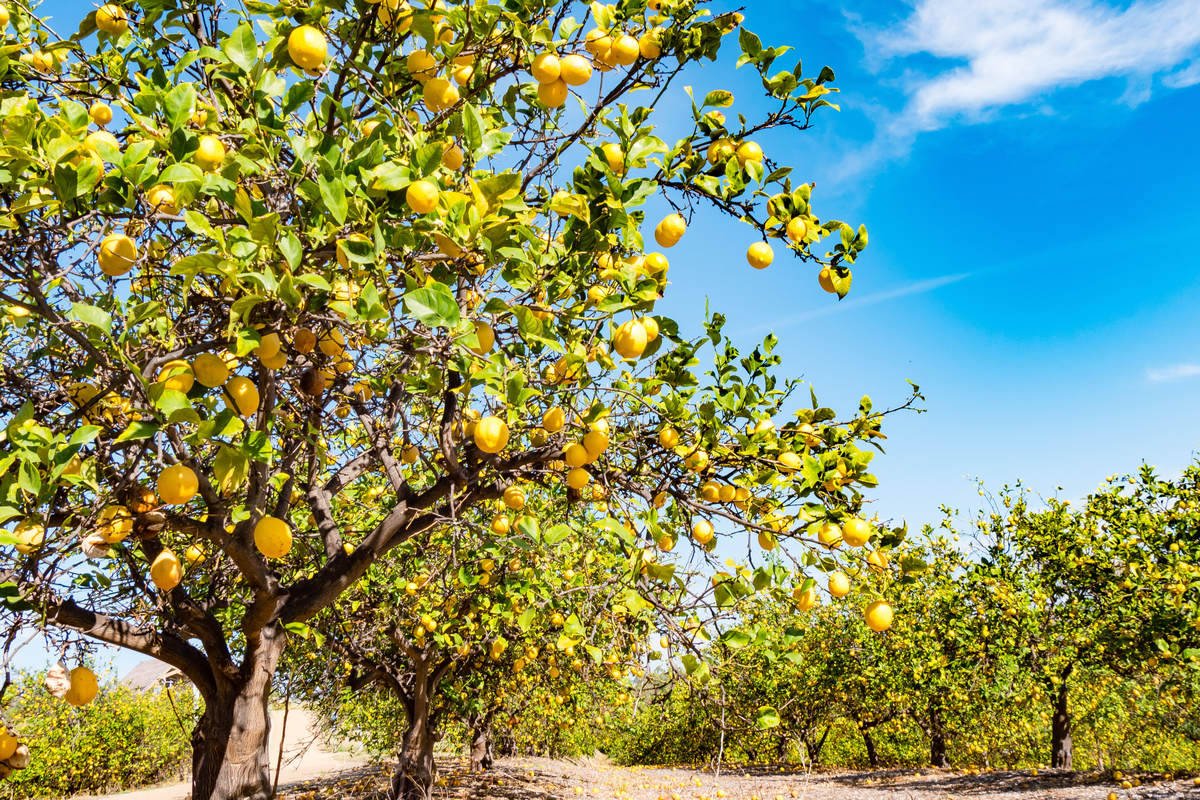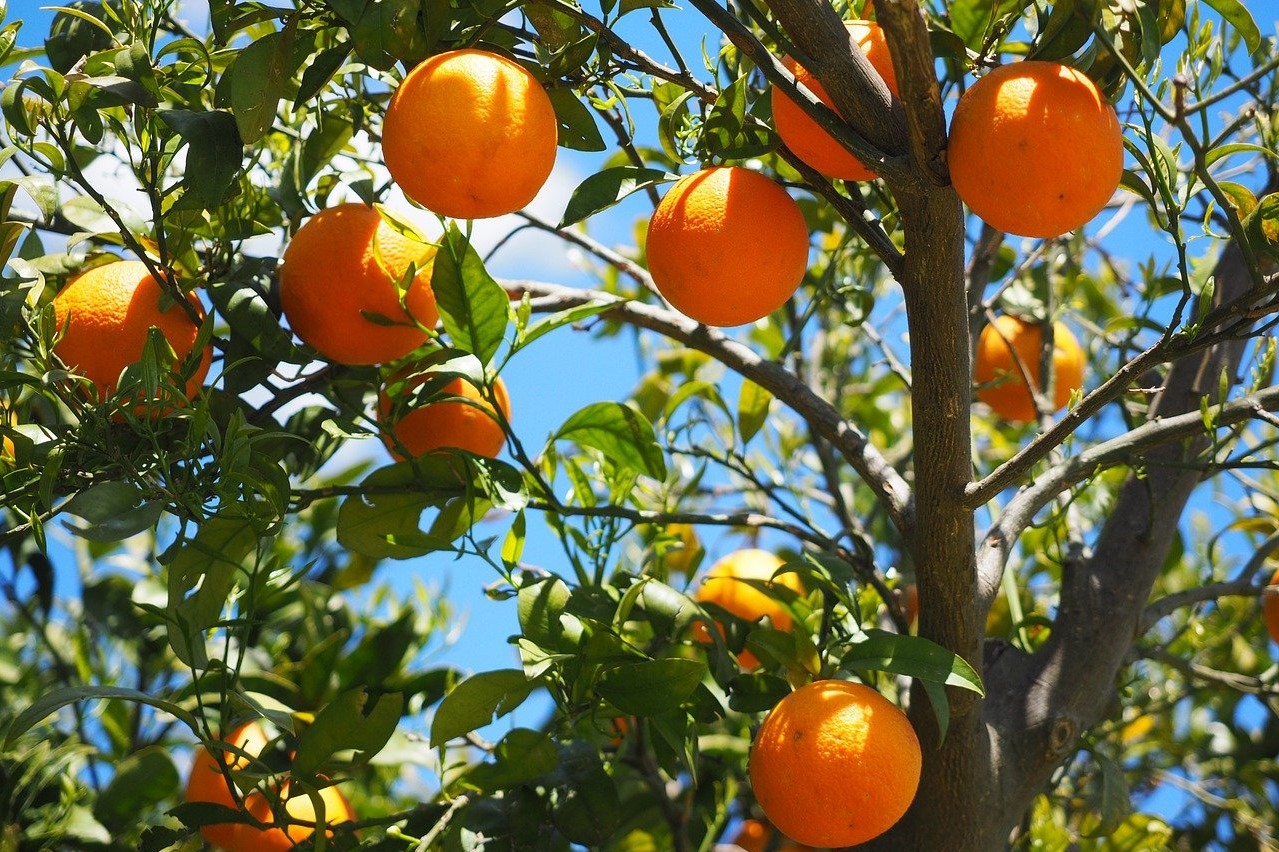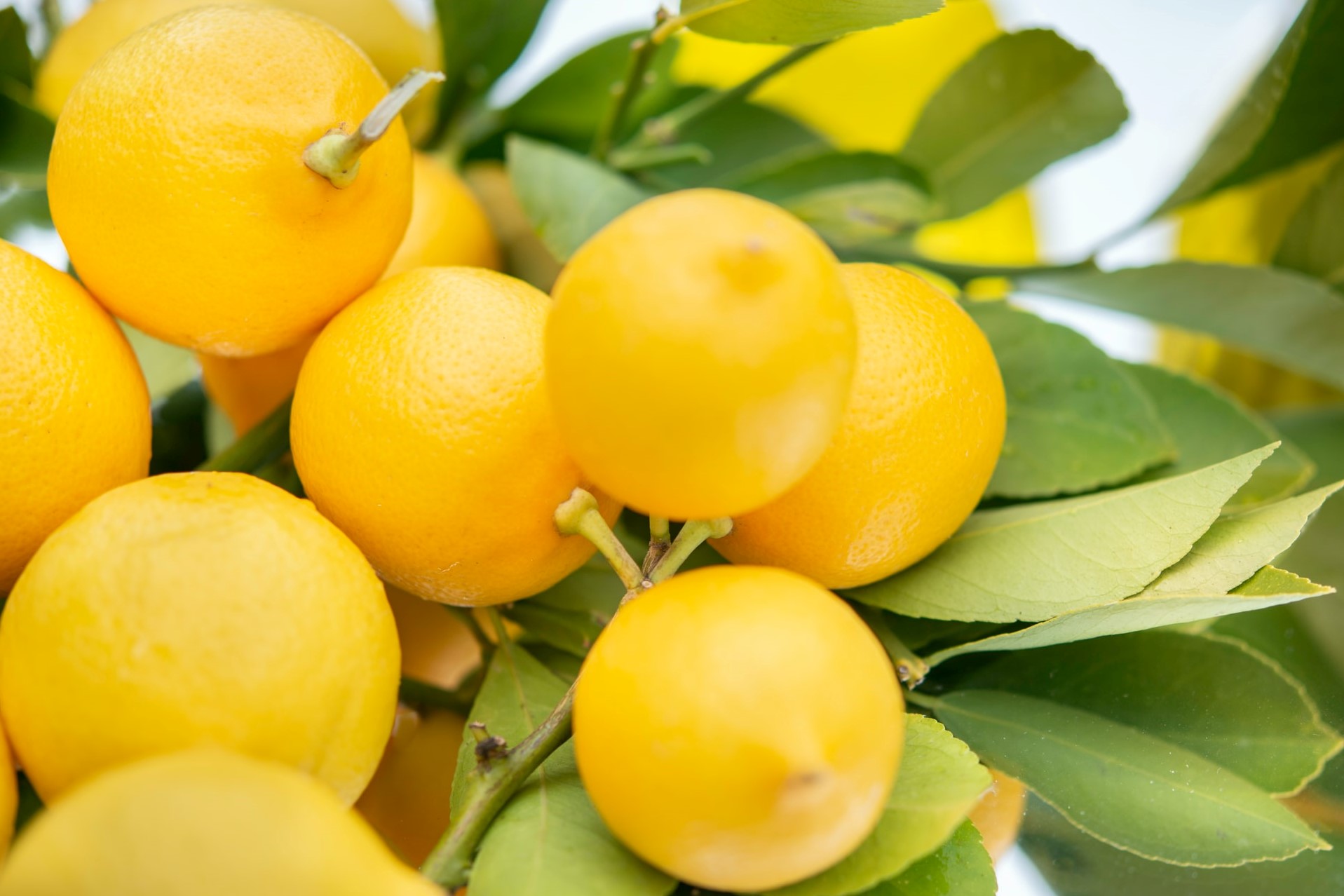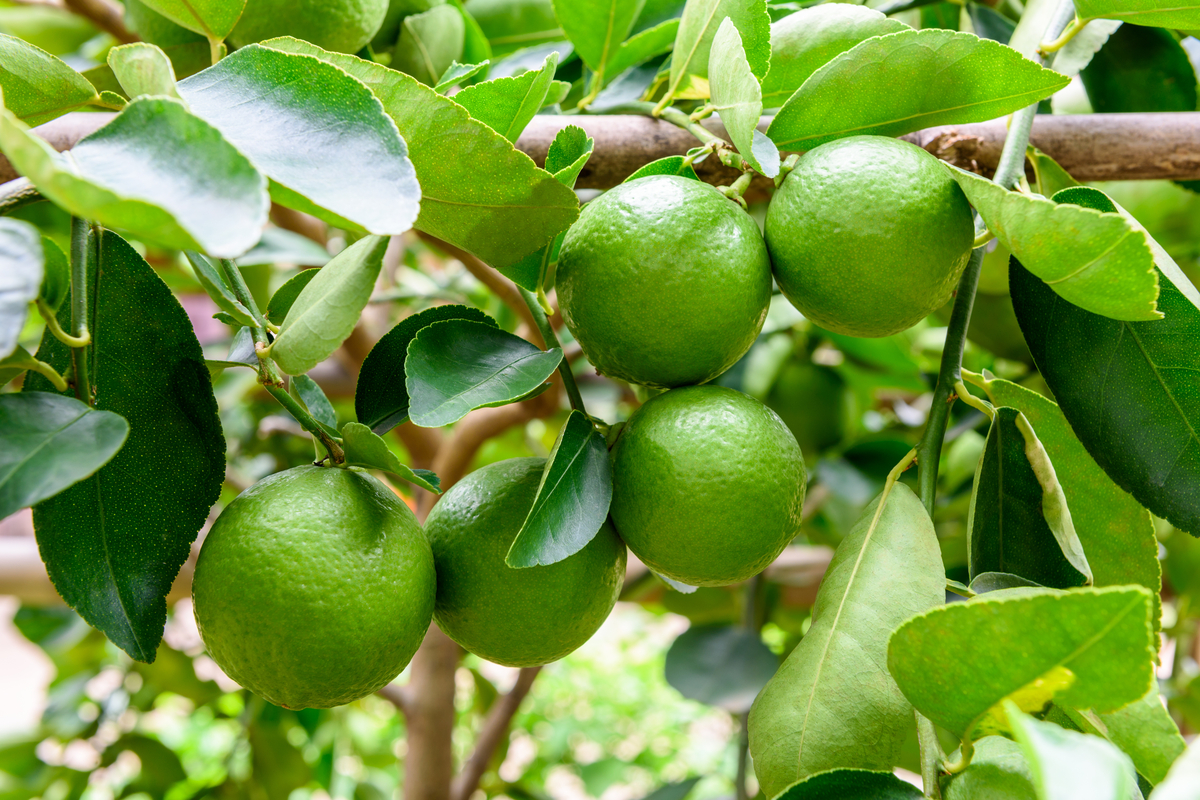Citrus fruit are delicious sources of vitamins and can add color and acidity to a wide range of dishes. So many of them come from specific areas, though, and if you don’t happen to live there then citrus fruits can become very expensive. You can grow your own, but what tree works best with your environment? Do you need a greenhouse to grow them, or are there varieties that are more naturally compatible with your yard? Here’s a simple breakdown of some varieties of citrus trees for different climates and tastes.

A word on climate
As you probably already know, climate has a big impact on what trees (or any plants, really) do well in your yard. Citrus fruits, particularly, are native to hot, humid climates, and not all of them have adapted to cooler temperatures. Moisture levels can be a problem, but this can mostly be taken care of by selecting a rootstock that is adapted to that moisture level.
If you get your seedling from a local nursery, they may have already curated their stock to fit the local climate. If you plan on grafting your own fruit trees or getting a sapling from the internet, your local nursery can still provide helpful advice on what rootstocks do best in your area. They can even give you information about any quirks unique to your area that might impact your citrus-growing venture.

Orange tree varieties
Orange trees are decently cold hardy, so you should be good to grow as long as the winter temperatures stay above 20° F. This means you can choose your oranges based on other factors such as taste.
- Washington navels are small, sweet, and easy to eat — they’re actually the most common types of oranges found in grocery stores. They’re one of the easiest orange tree varieties to find, available in nurseries and on the internet. Washington navel trees are available in full-size and dwarf varieties, so you can pick the size that best fits your yard.
- Valencia oranges are the most common “juice” oranges. You can eat the fruit, as well, but many people grow them specifically to make fresh, homemade orange juice. Since these are so popular, saplings can easily be found at nurseries and online.
- Honeybell oranges are a distinct, unique orange. Their interesting bell shape and lovely flavor have made them the favorite orange of some, but they are much harder to find and are typically more expensive than other orange tree types. If you can find a sapling, growing them is fairly easy. However, saplings are often only available online, and you might have to do some digging to find a quality source (pardon the pun).

Lemon tree varieties
Lemon trees are generally more frost-sensitive than oranges, so if you live far north, you might want to consider another type of tree. However, if you’re lucky enough to live in a climate that these fruits love, there are a couple varieties that may thrive in your yard or garden.
- The meyer lemon does moderately better at handling the cold than other lemons, making it your best bet. Plant your lemon tree somewhere sunny and it should be just fine as long as you don’t dip too far below 25° F.
- The eureka lemon is instantly recognizable, with bright yellow skin and classic lemon shape. It isn’t a hybrid of two other citrus varieties, making many consider it to be the true lemon. Eureka lemons are predictable, but that also means they’re reliable. If you’re looking for citrus fruit you can depend on to be the same every time, this is the tree for you.

Lime tree varieties
Unfortunately for those in the far north, lime trees are extremely sensitive to cold weather and cannot handle temperatures below freezing. If you have access to a greenhouse, or live somewhere with mild winters, then you can grow any of these lime varieties there, but otherwise, make sure your baby lime tree can handle the cold before you plant it.
- Key limes are a classic lime used in pies, tarts, ice cream, and drinks of all sorts. It produces small, round, green limes with a nice balance of sweet and sour flavor. They’re also aesthetically pleasing and grow quite tall with dense branches, making them a lovely shade tree.
- Australian finger limes are about as far from classic as you can get. They’re longer, oblong shaped, and have a darker green skin. Finger limes are also sometimes called caviar limes because the inside fruit consists of a number of small spheres. The flavor is stronger than a key lime, and, although it is still uncommon to find, it is gaining popularity in the United States.
These seven citrus tree varieties run the gambit from cold-tolerant oranges to strange-looking limes, but, as far as flavor goes, you can’t go wrong with any of them. Pick a fruit you enjoy eating or try a new and exciting one — though you may want to sample some of the fruit before deciding to grow it though, just to be on the safe side. Fresh fruit and a tree you’ll love watching grow year after year? What could be better?



